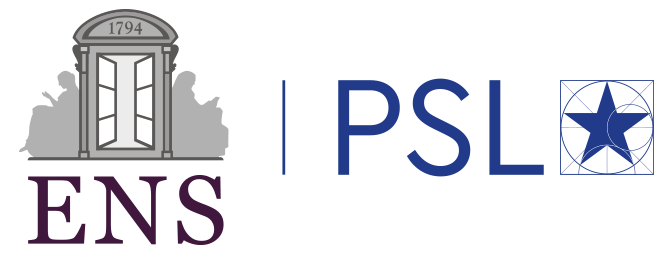Domaines
Condensed matter
Non-equilibrium Statistical Physics
Type of internship
Théorique, numérique Description
Since their appearance in the 1960s, metallic glasses have been the subject of numerous studies highlighting mechanical properties that are often superior to those of their crystallised counterparts (yield strength, hardness and fracture resistance). Although the compositions of these amorphous alloys have expanded in terms of the elements present (Zr, Ti, Al, Cu, Ni, Fe, etc.), their industrialisation is currently limited to a few niche markets (luxury watchmaking and jewellery, cutting-edge medical applications, aeronautics, defence, and high-end leisure goods). In the field of shock and impact applications, the potential of metallic glasses is largely untapped, for example in golf clubs or the armouring of space structures against hypervelocity impacts, with studies on their dynamic behaviour initiated in the early 2000s still in their infancy. Our results already obtained on Zr50Cu40Al10 glasses at the macroscopic scale originate at the microscopic scale in the modification of the organisation and local composition of the material at the atomic scale. It is therefore also at this scale that the behaviour of different metallic glasses under laser shock must be studied. To analyse behaviour at this scale, we will use molecular dynamics simulations with the LAMMPS code. The simulations will enable us to account for the evolution of the atomic organisation of metallic glasses under dynamic stress.
Contact
Maxime Vassaux
